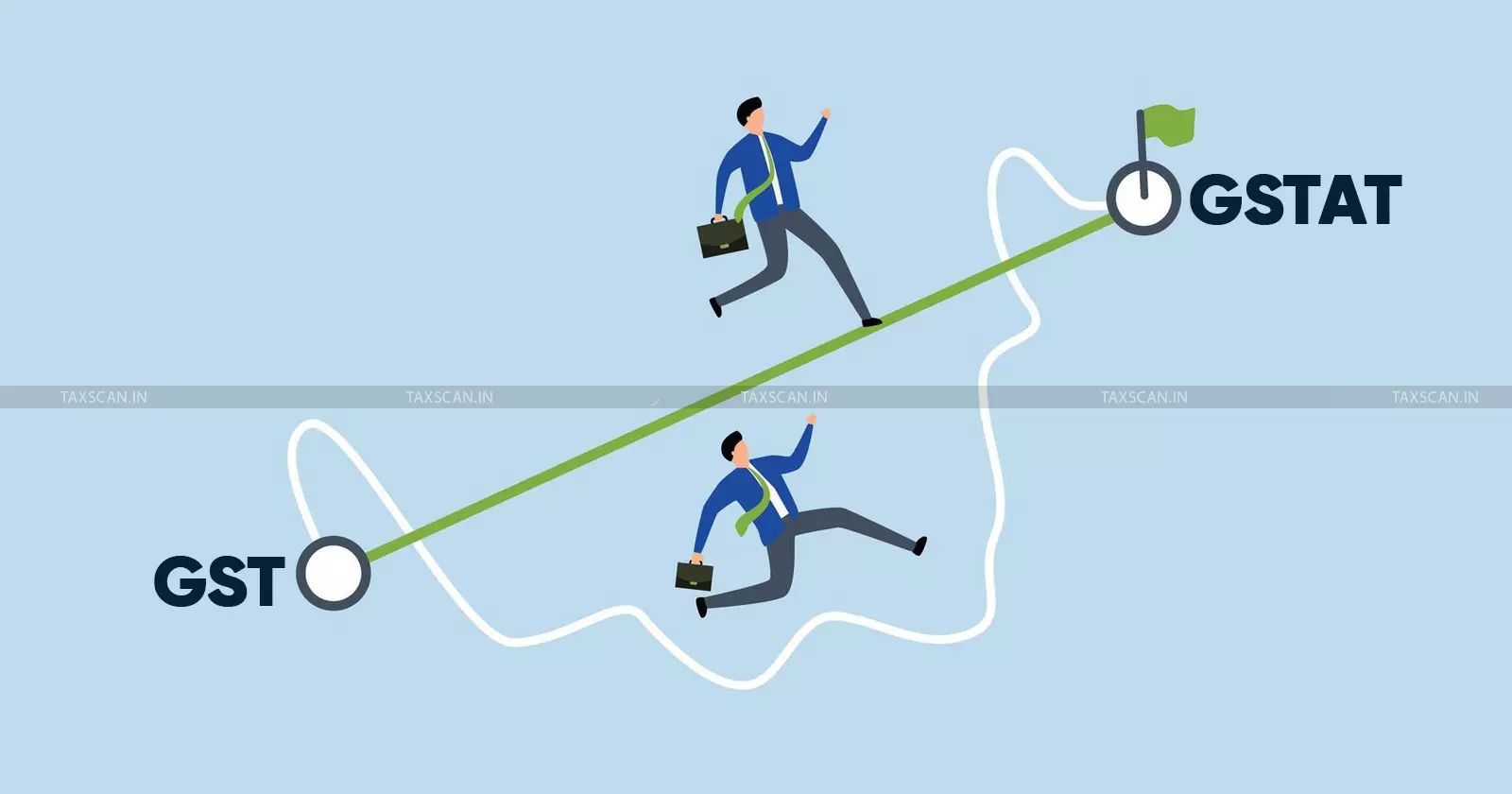GSTAT and the Future of GST Litigation: Will It Reduce Judicial Backlog?
The journey to GST and GSTAT

GST (Goods and Services Tax) was introduced in India on July 1st, 2017, consolidating 17 different indirect taxes like excise duty, service tax, VAT, etc, into a unified framework. The primary objectives were to simplify compliance, eliminate cascading taxes, create a common national market, and increase transparency.
However, when the businessman and taxpayers adapted to a new regime, various disputes emerged over the interpretation, application and procedural compliance of the new act. This led to a surge of appeals before the high court and the supreme court, leading to a delay in both the dispute resolution and the tax collection.
Although the Tribunal was legislatively mandated, it remained non-constituted even after 7 years of the GST Act, leaving taxpayers without a common appellate body to resolve disputes. The non-constitution of GSTAT led to growing backlogs of GST appeals across India. Without this second-level appellate body, the taxpayers turned directly to high courts, thus overburdening the judiciary and disrupting the dispute resolution mechanism.
As per data provided by Minister of State for Finance, Pankaj Chaudhary, in Lok Sabha during the Monsoon Session of 2024, the number of appeals relating to Central GST authorities has more than doubled since 2020-21, with 5,499 cases pending. This increased further to 9,759 cases by the end of fiscal 2021-22, 11,899 in 2022-23, and 14,227 in 2023-24 (up to June 2023), with cases increasing since then.
A ray of hope emerged in 2024, wherein the government not only received the notification for establishing the Appellate Tribunal but also released a roadmap providing information regarding cities where the benches will be set up and the possible deadline for their establishment. The proposal for setting up the GST Appellate Tribunal across the country was approved in its 49th meeting of the GST Council, and the Council recommended the rules governing the appointment and conditions of the President and Members of the proposed GST Appellate Tribunal in its 50th meeting.
Ultimately, the Finance Ministry, via a fresh notification dated 31.07.2024, notified 31 benches of GSTAT to be set up in all states and Union Territories.
GSTAT and what comes with it to the table
The Goods and Services Tax Appellate Tribunal (GSTAT), long promised and much anticipated, has finally been operationalised as a national, digital-first appellate forum for GST disputes. In April 2025, the GSTAT (Procedure) Rules, 2025 were notified, providing the blueprint for digital filing, cause lists, and hearings.
The National GSTAT e-Filing portal went live on 24 September 2025. It was launched by the Finance Minister Nirmala Sitharaman. It was designed as “One Nation, One Forum”; GSTAT aims to be a one-stop appellate mechanism for hearing appeals arising under the GST laws, offering uniformity, timeliness, and harmonised jurisprudence:
- Digital-First procedures: mandatory e-filing, automated cause-lists, and virtual hearings.
- Unified national portal: a centralised system for appeal filing, document management, and order access.
- Simplified rules: GSTAT (Procedure) Rules, 2025, prescribe time-bound processes to minimise adjournments.
- Phased rollout: staggered filing windows to manage the migration of pending cases from state benches and High Courts.
These reforms aim to reduce forum shopping, procedural lapses, conflicting precedents, administrative friction, and cost-cutting- all major contributors to litigation backlog.
Why a Centralised Digital Forum Could Work
Uniform adjudication means predictability. Predictability alone can reduce fresh appeals. When similar cases are decided consistently across jurisdictions, taxpayers gain clarity, and frivolous appeals can be avoided. The digital-first approach definitely speeds up routine tasks: record retrieval, service of notices, and issuance of orders. Along with remote hearings, it can eliminate travel and logistical bottlenecks, benefiting taxpayers and small businesses alike.
Experts have welcomed GSTAT’s design as a practical lever for backlog reduction, particularly since most current delays arise not from hearings themselves but from adjournments, service defects, and inconsistent rulings.
The Implementation Risks
Despite its strong design, GSTAT’s ability to reduce judicial backlog depends heavily on execution. Key risks include:
- Bench strength and appointments A new national body must be staffed by adequately experienced judicial and technical members. Slow appointments or litigation over selections (which have occurred in pockets) could limit GSTAT’s throughput and legitimacy.
- Transition friction Migrating thousands of legacy cases ( cases pending in the High Courts) requires seamless data transfer and clear communication. Even minor portal glitches could produce adjournments and procedural disputes.
- Speed vs. quality: The need for a Balanced Approach Pressure to dispose of cases quickly may lead to poorly reasoned judgments. Weak jurisprudence risks further escalation to the High Courts, defeating the purpose of GSTAT.
- High Court bypass Taxpayers may continue to approach High Courts for urgent relief unless the disputes are channelled through GSTAT.
In the next 12-18 months, GSTAT is likely to clear legacy cases ( cases pending in the High Courts), which include prioritised intake, and will reduce the immediate burden on the High Courts. The standardised rulings and consistent decisions will gradually discourage speculative appeals.
Face-teething issues are mainly portal glitches, adjournment requests, and uneven adoption across states, which are expected challenges. If appointments are timely and digital systems run smoothly, GSTAT could become the backbone of GST jurisprudence.
The final verdict
GSTAT is a structural reform with genuine potential to reduce GST litigation backlog. The architecture, national forum, e-filing, virtual hearings, and prioritised intake address many root causes of delay. But this success is not automatic. The difference between a speedier tribunal and one that permanently decongests courts depends on implementation quality: appointments, case management discipline, high-quality reasoned orders and coordination with the High Courts. If well implemented, it can not only reduce the pending appeals but can also bring certainty in GST laws, thereby encouraging harmonious litigation and reducing disputes at the High Courts.
Support our journalism by subscribing to Taxscan premium. Follow us on Telegram for quick updates


